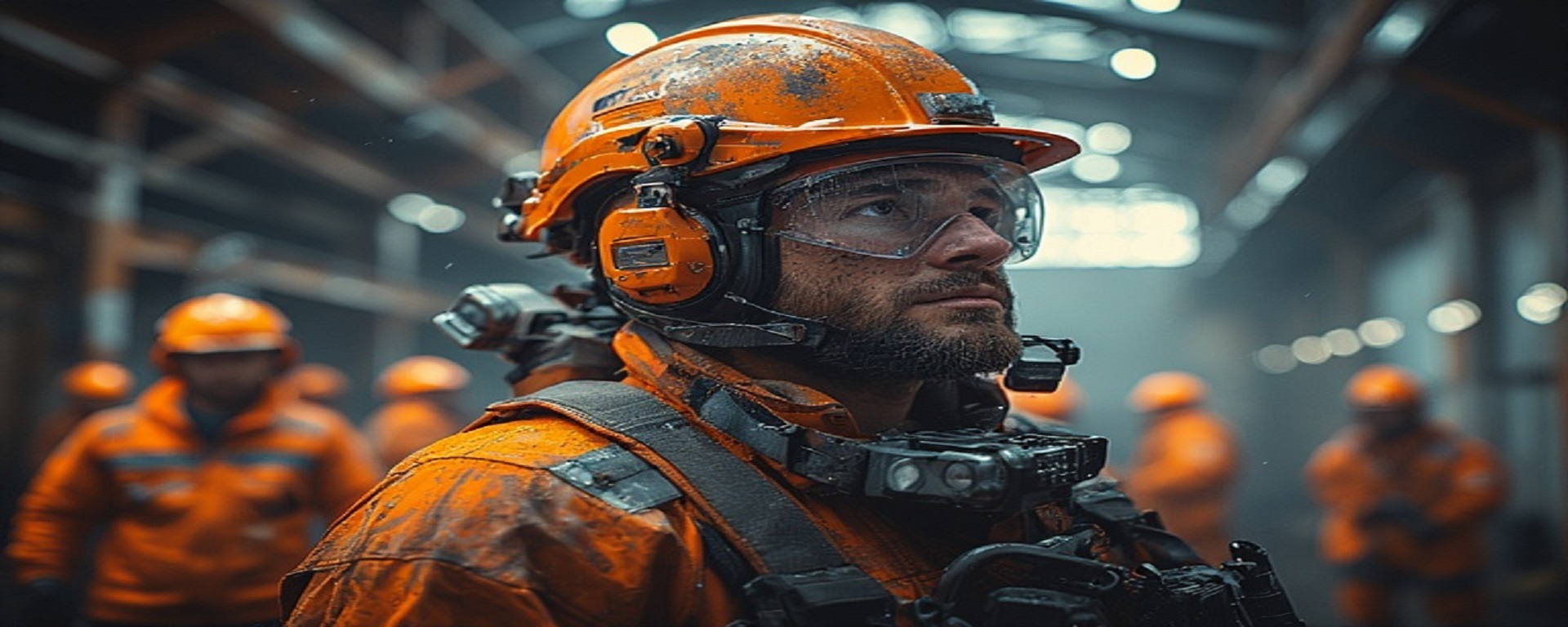
In an increasingly complex world, safety is not merely a regulatory requirement but an ethical imperative. Among the many elements of personal protective equipment (PPE), head protection stands out for its critical role in preventing life-altering injuries. SafeNsure, as a conceptual or brand-focused initiative, highlights the importance of comprehensive strategies for head safety—integrating product design, workplace culture, training, and continuous improvement—to reduce risk and enhance well-being across industries and everyday environments.
The case for prioritizing head protection is stark. Traumatic brain injuries (TBIs) and skull fractures can result from relatively minor incidents when appropriate protective measures are absent. In industrial settings, construction sites, and manufacturing facilities, falling objects, collisions, and sudden decelerations present constant hazards. Even in recreational contexts—cycling, climbing, and contact sports—the consequences of inadequate head protection can be severe. SafeNsure’s mission is to make effective, accessible head protection a standard part of daily life rather than an optional afterthought.
Why Choose Our Services
Effective head protection rests on three interdependent pillars: robust product engineering, evidence-based policy and standards, and an organizational culture of safety. First, product engineering must satisfy stringent performance criteria. Helmets and hard hats need to dissipate impact energy, resist penetration, maintain fit during movement, and remain comfortable enough for extended wear. Innovations in materials science—advanced polymers, energy-absorbing foams, and smart composites—allow modern headgear to be lighter, more durable, and more protective than earlier generations. Ergonomic design is equally important; a helmet that is uncomfortable will not be worn consistently. SafeNsure advocates for iterative design processes grounded in real-world user feedback and rigorous testing protocols.
enhanced efficiency
Second, adherence to evidence-based standards and policies ensures that protective equipment performs reliably. Regulatory bodies and standards organizations establish testing methods and performance thresholds that serve as minimum expectations. Employers and institutions must go beyond mere compliance and adopt best practices tailored to specific hazards. Risk assessments should inform the selection of head protection, specifying types of helmets, required certifications, and maintenance schedules. Routine inspections, replacement guidelines, and clear documentation procedures maintain the integrity of protective systems over time. SafeNsure promotes alignment between policy and practice, ensuring that standards are not only published but actively implemented.
improved precision and quality
Third, a culture of safety is essential for sustained effectiveness. Training programs that teach proper fit, donning procedures, and limitations of headgear empower individuals to use protection correctly. Leadership commitment, visible through policies, resource allocation, and personal example, reinforces the message that safety is a shared responsibility. Open communication channels for reporting hazards and near misses enable organizations to learn and adapt. Involving workers in safety planning builds ownership and improves adherence. SafeNsure emphasizes that technology and equipment alone cannot prevent injuries without a workforce that is informed, engaged, and supported.
increased flexibility
Emerging technologies augment traditional approaches to head protection. Sensors embedded in helmets can monitor impacts and send alerts when force thresholds are exceeded, enabling rapid medical evaluation. Connectivity allows for centralized data collection, informing preventive maintenance and targeted interventions. While promising, these technologies raise considerations about privacy, data governance, and cost-effectiveness. SafeNsure encourages cautious adoption, prioritizing interventions with demonstrable benefit and clear policies that protect user rights.
safety and risk reduction
Equity and accessibility are also central to an inclusive approach. Protective equipment must be available in diverse sizes and designs to accommodate different body types, cultural norms, and gender considerations. Cost barriers should not prevent access to certified head protection, particularly in resource-constrained settings where the burden of injury is often greatest. Public-private partnerships, subsidies, and community education programs can expand availability and awareness. SafeNsure’s vision includes broadening access so that safety is not limited by geography or income.
Planning & strategy
Finally, measurement and continuous improvement are necessary to sustain progress. Key performance indicators—such as rates of head injuries, near-miss reports, compliance metrics, and user satisfaction—provide the data needed to evaluate interventions. Regular reviews of incident investigations yield lessons that refine product specifications, training content, and operational procedures. Research collaborations among manufacturers, academic institutions, and industry stakeholders accelerate innovation and translate evidence into practice. SafeNsure advocates for a learning-oriented ecosystem that adapts to new risks and technological advances.
- needs assessment
- Timeline and Milestones
- Feasibility and ROI
- Technology Selection
- Process Optimization
- Scalability Planning


Frequently asked questions
We implement rigorous quality control measures at every stage of production, ensuring consistency and high standards.
We implement rigorous quality control measures at every stage of production, ensuring consistency and high standards.
We implement rigorous quality control measures at every stage of production, ensuring consistency and high standards.
We implement rigorous quality control measures at every stage of production, ensuring consistency and high standards.
We implement rigorous quality control measures at every stage of production, ensuring consistency and high standards.
